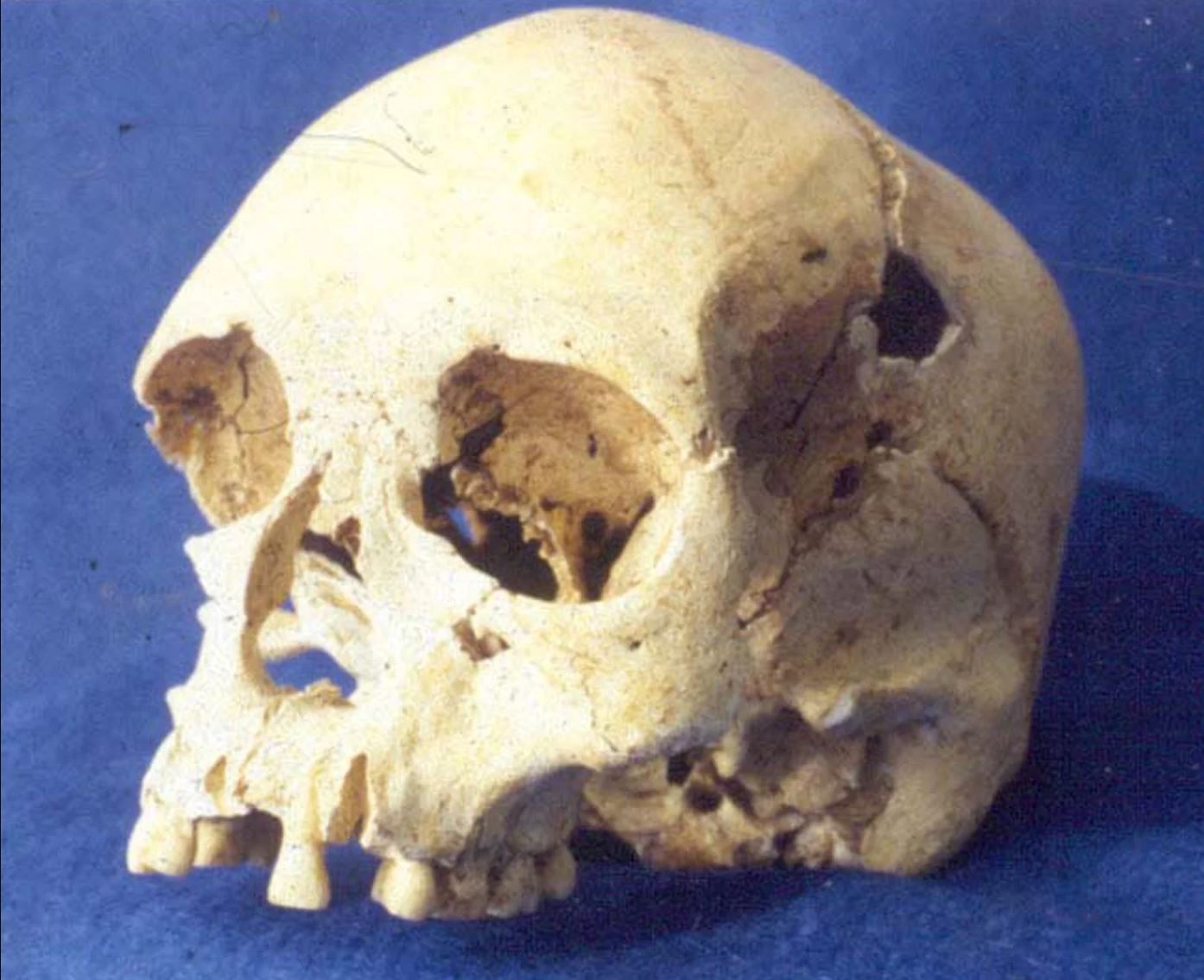
The Americas' Oldest Human Remains Lost in Brazil Museum Fire

A large fire destroyed Brazil's National Museum Sunday (Sept. 2), ruining one of Latin America's most venerable cultural and research institutions and the 200-year-old home of more than 20 million artifacts, according to its website.
No one has been reported injured or killed in the blaze itself, but a number of priceless artifacts are believed to have been destroyed, according to CNN. The most famous of those artifacts was Luzia, the 11,000-year-old skull of a Paleoindian woman whose remains are the earliest discovered in the Americas. A number of irreplacable artworks and Egyptian mummies are also believed lost, though a full accounting is not yet possible, since investigators have yet to enter the building, according to The Guardian. [Photos: The Monkeys of Brazil's Atlantic Forest]
Katia Bogea, president of the National Institute of Historic and Artistic Heritage, was quoted in the Estado de S. Paulo newspaper blaming the devastating loss on budget cuts resulting from a "crisis of values," as translated by AFP. Brazil's Rede Globo quoted the museum deputy director Cristiana Serejo as saying that about 10 percent of the museum's collection survived, and that the immediate problem leading to the out-of-control blaze was that the smoke detectors weren't working and the building's fire suppression systems were limited.

A crowd of protestors gathered in the wake of the blaze and blamed politicians for neglecting the museum, according to the Sydney Morning Herald. They indicated that funding had been redirected to other priorities, such as the 2016 Rio Olympics. The Herald reported that the crowd tried to enter the museum and was violently attacked by police wielding tear gas and batons.
One of the earliest videos from inside the museum appears to depict a hall almost entirely destroyed.
Ash and rubble litter the floor, and a single, intact-looking artifact is visible in the frame: the largest meteor ever found in Brazil, which CNN reports weighs 5.86 tons (5300 kilograms) and was discovered in 1784.
Originally published on Live Science.
Sign up for the Live Science daily newsletter now
Get the world’s most fascinating discoveries delivered straight to your inbox.











